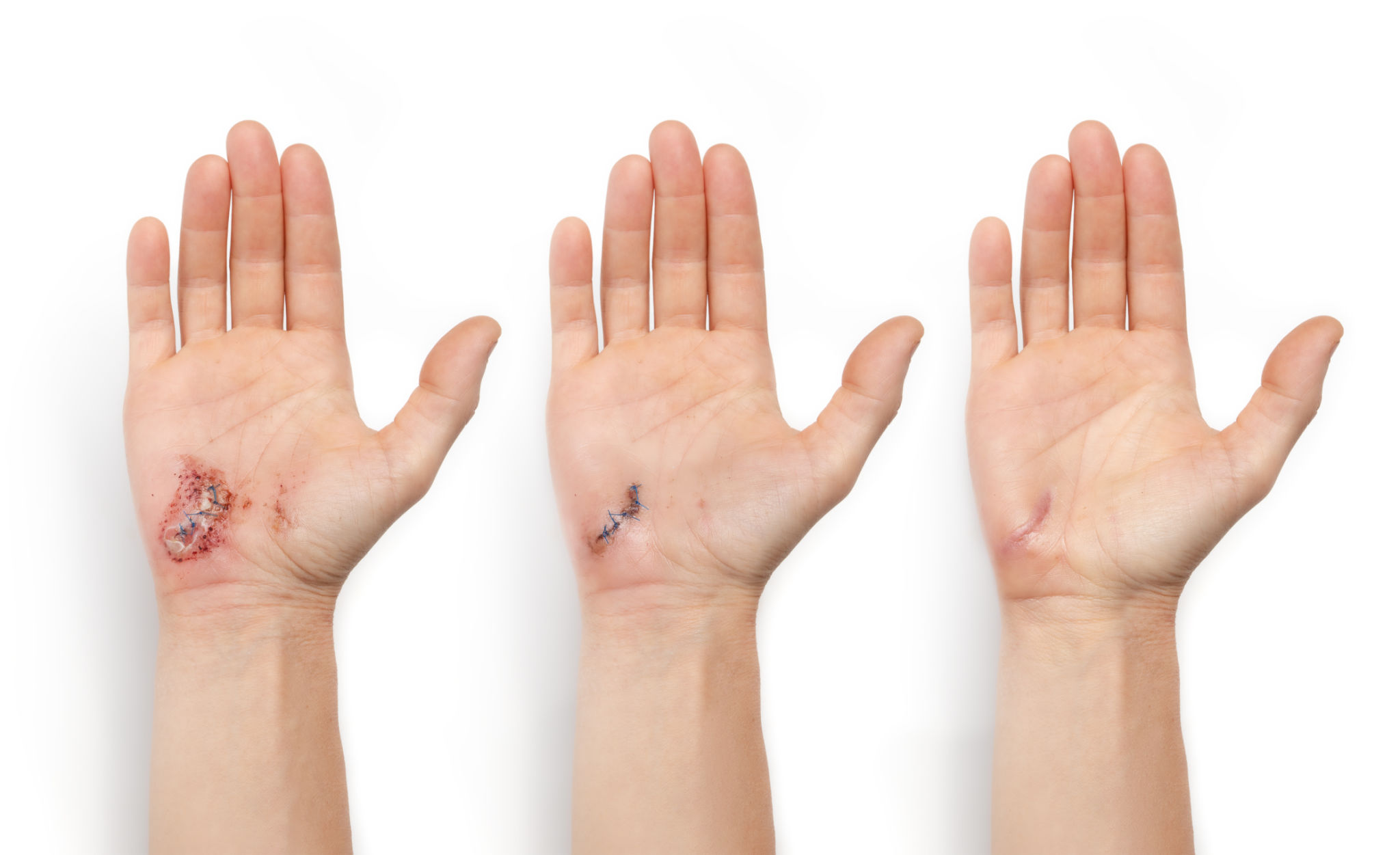Biphasic Pulse Stimulators: Revolutionizing Tissue Engineering and Regeneration
Understanding Biphasic Pulse Stimulators
Biphasic pulse stimulators are cutting-edge devices that have found a crucial place in the field of tissue engineering and regeneration. These devices deliver electrical stimulation in a biphasic manner, meaning that the current alternates between positive and negative phases, providing a balanced and effective approach to tissue stimulation. This technology is increasingly being recognized for its potential to enhance cell proliferation and differentiation, making it a vital tool in regenerative medicine.
The biphasic nature of these stimulators minimizes the risk of tissue damage, which can occur with monophasic stimulators. By alternating the direction of current flow, biphasic pulse stimulators ensure that the net charge delivered to the tissue is zero, reducing adverse effects and improving safety. This makes them highly suitable for long-term applications in tissue culture and in vivo studies.

Applications in Tissue Engineering
Tissue engineering aims to restore, maintain, or improve damaged tissues or whole organs. Biphasic pulse stimulators are instrumental in this process by promoting cellular activities that are critical for tissue regeneration. These devices are used to stimulate various cell types, including nerve cells, muscle cells, and bone cells, facilitating their growth and functionality.
One of the most exciting applications is in the engineering of nerve tissues. Biphasic electrical stimulation can enhance nerve regeneration by promoting axonal growth and improving the functional recovery of damaged nerves. This breakthrough offers hope for patients with nerve injuries and degenerative diseases.

Enhancing Regenerative Medicine
In regenerative medicine, biphasic pulse stimulators are being explored for their ability to enhance the healing process. Research indicates that these devices can significantly accelerate wound healing by promoting collagen synthesis and angiogenesis. This makes them invaluable in treating chronic wounds and post-surgical recovery.
Moreover, they are being integrated into bioengineered scaffolds to create more effective regenerative therapies. By embedding biphasic pulse stimulators within scaffolds, researchers can provide localized and precise stimulation to cells, optimizing tissue regeneration outcomes.

Advantages Over Traditional Methods
Biphasic pulse stimulators offer several advantages over traditional electrical stimulation methods. Their ability to provide a balanced waveform minimizes tissue fatigue and enhances cell viability. This is particularly important when designing therapies that require prolonged stimulation periods.
Additionally, biphasic pulse stimulators can be fine-tuned to deliver specific frequencies and amplitudes that match the needs of different cell types. This adaptability ensures that therapies can be personalized, leading to better clinical outcomes and patient satisfaction.
Future Prospects
The future of biphasic pulse stimulators in tissue engineering and regenerative medicine looks promising. As research continues to unravel their full potential, we can expect these devices to become more sophisticated and integrated into various clinical applications.
Innovations such as wireless technology and miniaturization will likely expand their usability, making them more accessible for both research and therapeutic purposes. As these advancements unfold, biphasic pulse stimulators will undoubtedly play a pivotal role in the next generation of regenerative medicine solutions.